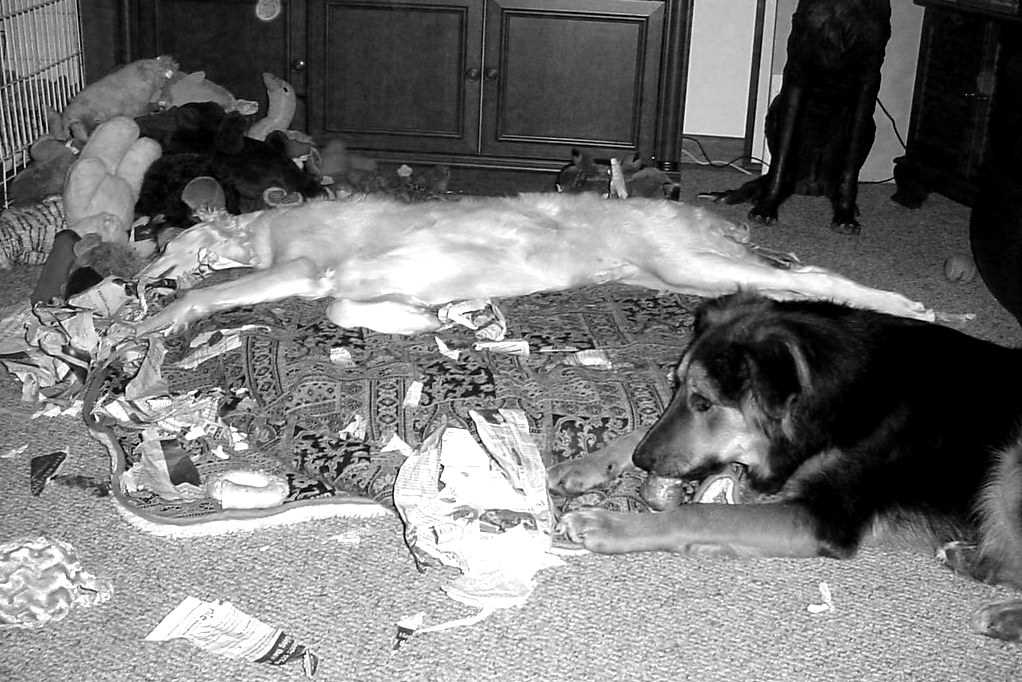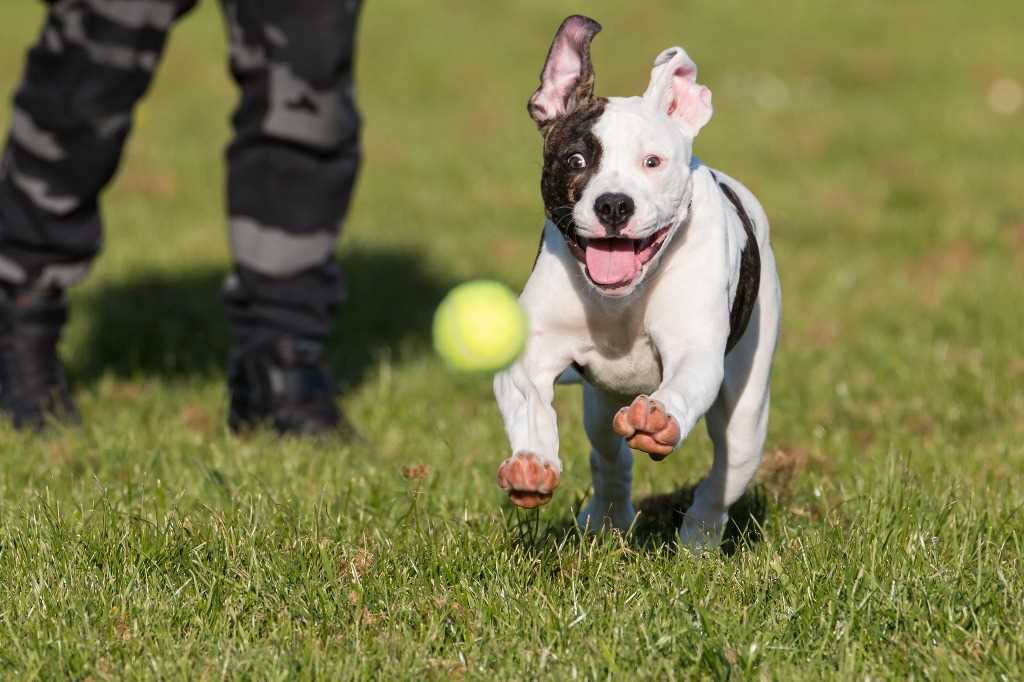This article was written in the hope that someone might benefit from my experience. Dog education is profoundly different from dog training. Many people misunderstand the terms by using education as a gregarious choice to anthropomorphise their animal. Education and training are two different things and exist for both people and animals. Think of the training of firemen for example.
Having said that, let’s proceed to indicate what you should never do with your puppy if you want to reduce the likelihood of it misbehaving in the future. It will help you to live much more peacefully with your dog, who, being a creature of habit, will not suffer from the rules you impose on him.
Rule 1. Go easy on the rules.
It is true that dogs are creatures of habit, but you cannot expect them to behave like diplomats. Stressing the dog too much means generating frustration in it and in you and therefore suffering that is then released with a destructive compensation mechanism.
Few but firm rules are best. Avoid demanding too much from your dog, be patient and never let him win when he tends to challenge you by breaking them. Do not be afraid to scold your dog, but avoid doing so all the time.
Always remember that your dog suffers greatly when he is scolded and appreciates signs of approval. However, if you give too much of either, he will get used to them and they will have less and less impact immediately. Many psychologists and psychiatrists recommend an animal to people with psychological problems. I do not agree.
Certainly having a well-behaved animal can be beneficial for the patient (pet therapy) but this is a completely different case because it is you who must educate the dog now. Do not make your dog neurotic. If you have any problems of a psychological nature and are unbalanced, refrain from getting a dog at all.
Rule no. 2. Don’t be fooled by the big eyes.
The dog is a very intelligent animal, if it sees that with certain attitudes it will be able to do anything, it will tend to perform in a theatre that aims to manipulate you into letting it do what it wants. Rules are fundamental to the upbringing of a dog and must be applied firmly, with balance and a sense of proportion.
The more experienced will certainly have noticed certain attitudes among some poorly educated dogs. One example is the dog that starts to shake as if it were cold or afraid. The dog that is afraid of thunder and takes refuge with you. The dog that starts limping to attract the owner’s attention and so on.
A classic example is the dog that demands food on the table while you are eating. A clarification must be made here. From a natural and pack point of view, this is a perfectly understandable attitude. Unfortunately, in the society in which we live, many natural tendencies, including our own, have to be restricted.
It is not socially acceptable for the dog to become accustomed to demanding food from your plate whether you are alone in the house for hygienic reasons or if there are guests. Your dog can tell at any time whether there is someone inside the house who is eating. Make sure you always eat before him in different rooms and at different times.
Rule 3. You are not of the same species.
You cannot think that you can raise a tiger as you would a horse. The ignorant do-gooderism of recent times has introduced the view that the dog is a kind of human being with another form. This is something that simply does not exist and it is important that it is understood without ifs and buts.
For example, in some books it is written that in order to educate your dog to do his business outside, you should follow a path in which, by placing a sleeper, you move it slowly until you get outside. At the same time, you should sanitise the place where the dog has previously been with special products and attract it with others.
The basic concept would also be correct if our house were a desert without walls, but since our dog, like us, has a kinaesthetic perception of where he is, this is simply not the best way to get him used to going outside. Stagnation in the excrement tray increases the proliferation of harmful micro organisms. Paws will certainly go on them and the whole thing will be thoroughly scattered throughout the house.
In addition, sanitising everything immediately, changing the tray and so on, reinforces the dog’s conviction that you are happy that he did it there, that you were only waiting for this and so, to make you even happier, he will continue to do it there forever.
So that the dog gets used to going outside, simply at the precise moment when he goes (not one second before, not one second after) scold the dog firmly, lock him outside and clean everything silently with non-ammonia based products taking care not to be seen by him. Naturally, your dog needs to relieve himself frequently and you should therefore set strict times for taking him outside (whatever happens).
Taking your dog out frequently and letting him out after you have shouted at him will prevent your dog from thinking that the best way of preventing you from getting angry at him is to eat his own faeces and make them disappear.
The adult dog needs to go outside at least every 6 hours; it is not necessary to stay outside for very long. And remember to take the tools with you to remove it.
Rule 4. Everyone is different but the same.
Basically we are all creatures made from the same elements and our bodies respond using identical basic biochemical mechanisms. This is one thing that makes us the same as our animals. Like them, our feelings and character are formed by a certain proportion of experience and genetic predisposition. Your strategies must be adapted to each of your dogs, bearing in mind that the basic mechanisms are the same.
Cuddling and stroking a dog from morning to night while lying on the sofa may seem pleasant and relaxing for both of you, but for the dog, caresses and words spoken in a sweet or enthusiastic tone of voice should be considered as tools for offering him gratification when he does something positive. Dogs that like each other play and run together, they do not cling to each other all the time.
So-called positive reinforcement should be handled as follows. If a simple caress is not enough initially and paying attention to the total calories for the day, with the dog on an empty stomach start with something not too appetising. As the days go by, reduce the doses until the food is replaced by expressions of joy and caresses that become less and less theatrical until you get to the simple word said in an affectionate and enthusiastic tone.
There is no point in making monologues to your dog, he is not a human being in a coma to whom you speak in the hope that he will benefit and be comforted by your words. Dogs understand tones, inflections of sound and gestures. As I said, avoid anthropomorphising your dog. Either you love your dog and treat him with the respect and care that is due and appropriate or you should opt for something else.
PS. If you decide to have a child, avoid long monologues with him too.
Rule no. 5. The dog is not an ornament.
Many dog owners who go to trainers express the wish that their dog should be calm and good as if it were some kind of ornament. Most of these people are elderly people who, out of loneliness or for other reasons, get a dog in the hope that it will adapt to them.
Although there are breeds that are more prone to laziness than others, you should not get a dog if you cannot care for it properly. Dogs that are prone to laziness are also prone to atrophy and obesity, so if you need an ornament that occasionally wags its tail, opt for a robot.
The same applies to those who see dogs solely and exclusively as playmates. Dogs need to play the way dogs do, not the way humans do. No dog should be forced into the humiliation of wearing human clothes or make-up, no dog should ever be used as a doll.
Avoid stimulating the predatory instinct and get your dog used to letting go on command at all times. A retrieving dog will certainly be happier playing with a ball or a Frisbee than an English bulldog. Every animal is unique, but the predisposition of the breed should always be taken into account.
Rule number 6. The dog belongs in your pack.
In modern society, the need to socialise your dog with adults, children and even other dogs is becoming increasingly pressing. It is important, however, to try to understand that this does not mean teaching the dog that he must be handled by all strangers.
Any dog must be brought up to be indifferent towards strangers and other dogs. Indifference means that you make it clear to the dog that he should not have any kind of reaction. I realise that this is a mission impossible in many cases. Most people do not understand that a dog and its owner are a so-called pair. A pair is a kind of pack in which a relationship of trust, respect, belonging and work is established.
It is not uncommon to see cases in which there have been accidents because the dog has crossed the road trying to reach an old human friend who always pampers him in the park. It is true that dogs in public places must always be kept on a leash, but in a moment of distraction the leash could slip out of our hands or it could become an obstacle for someone passing by at that moment.
In the future I will write an article in which I will explain why I am firmly against manipulating other people’s dogs because it is too long and complex a subject to describe in a single paragraph.
Remember that you are the pack leader and are therefore expected to behave as such at all times. The more self-confident a leader is, the fewer arbitrary manifestations he will have.
In short
As you will no doubt have noticed, this article follows a very different structure from others you may find on the net. It is not a catalogue of all the possible attitudes a dog might have and how they can be avoided, taking into account the dog’s breed, character and past experience.
It would in fact be ridiculous to believe that you can condense all this information into one article and in any case there is a huge amount of books on the subject (some of which are very good). I advise you to read the very old manuals because in my opinion they are much better made.
It is understood that whoever wants to know more, just scroll down and leave a comment, I will be very happy to give them explanations or write an article on a specific topic.


